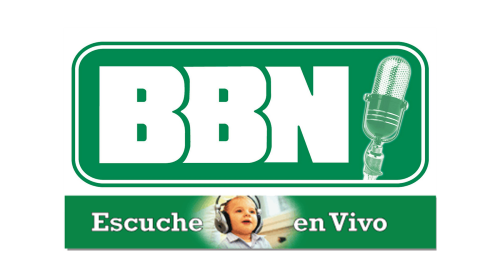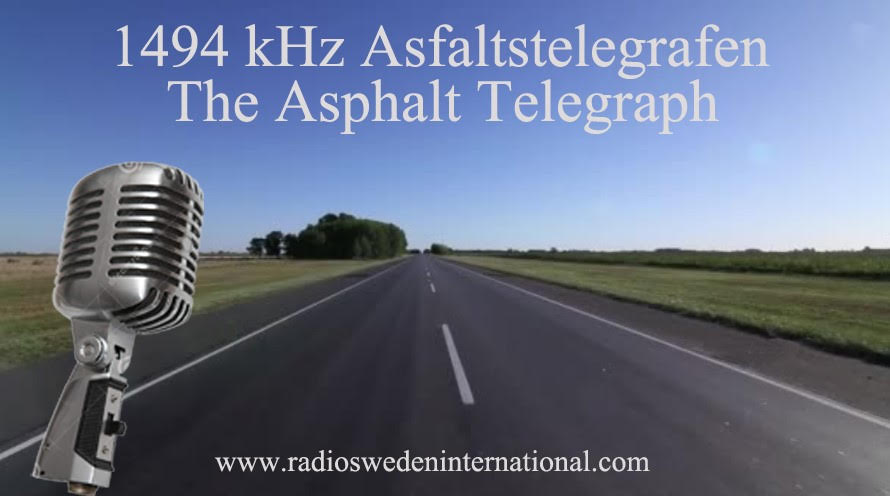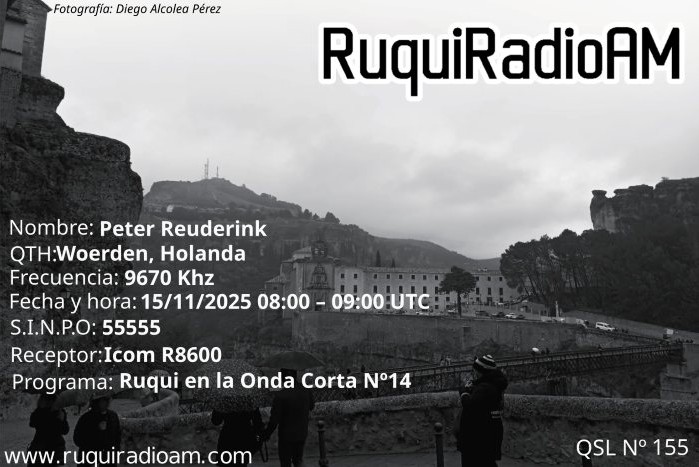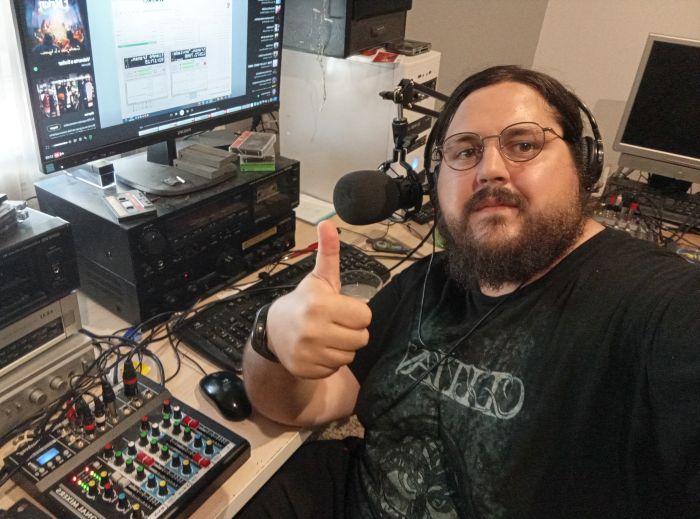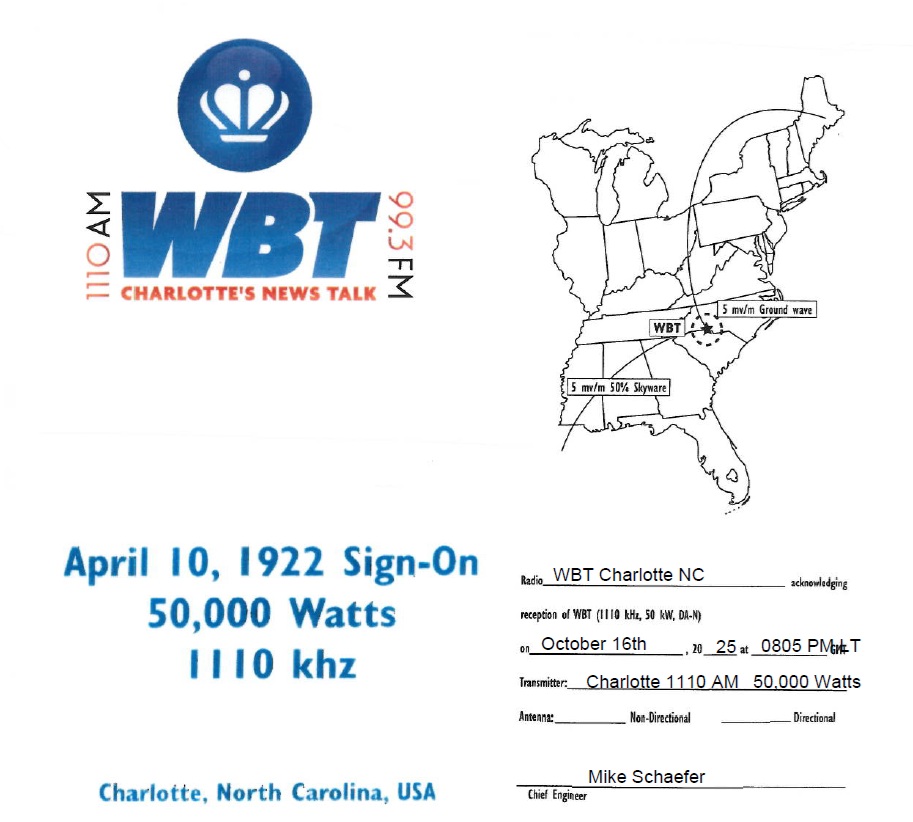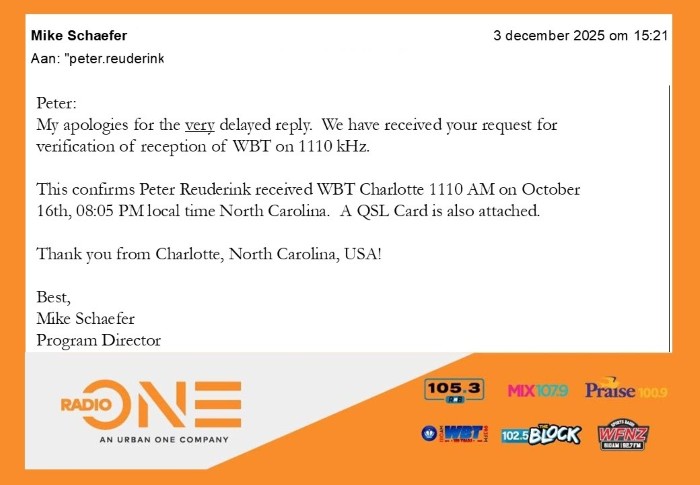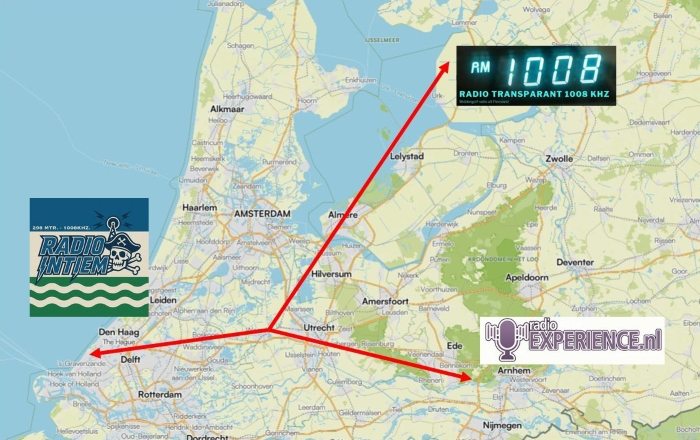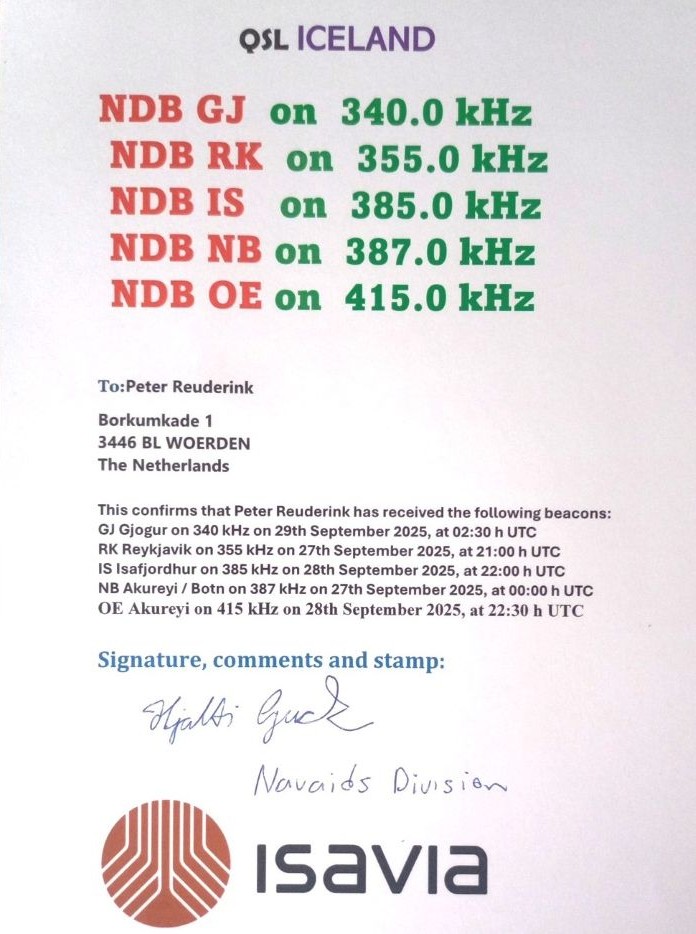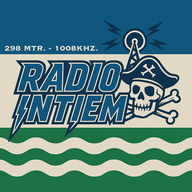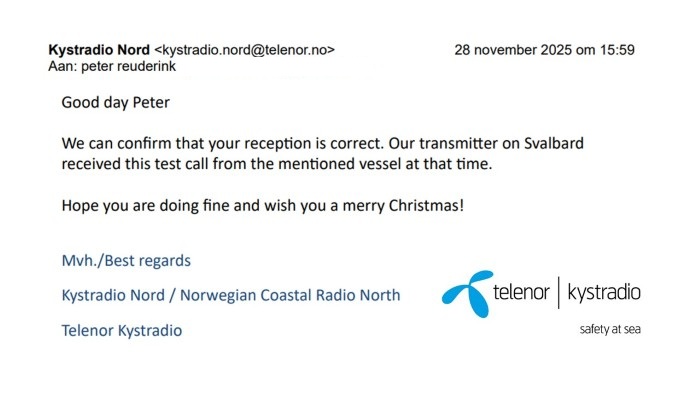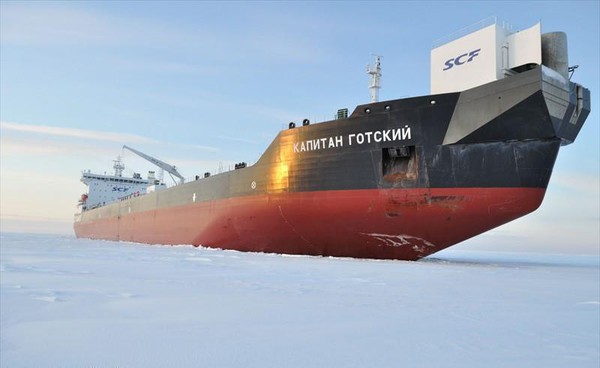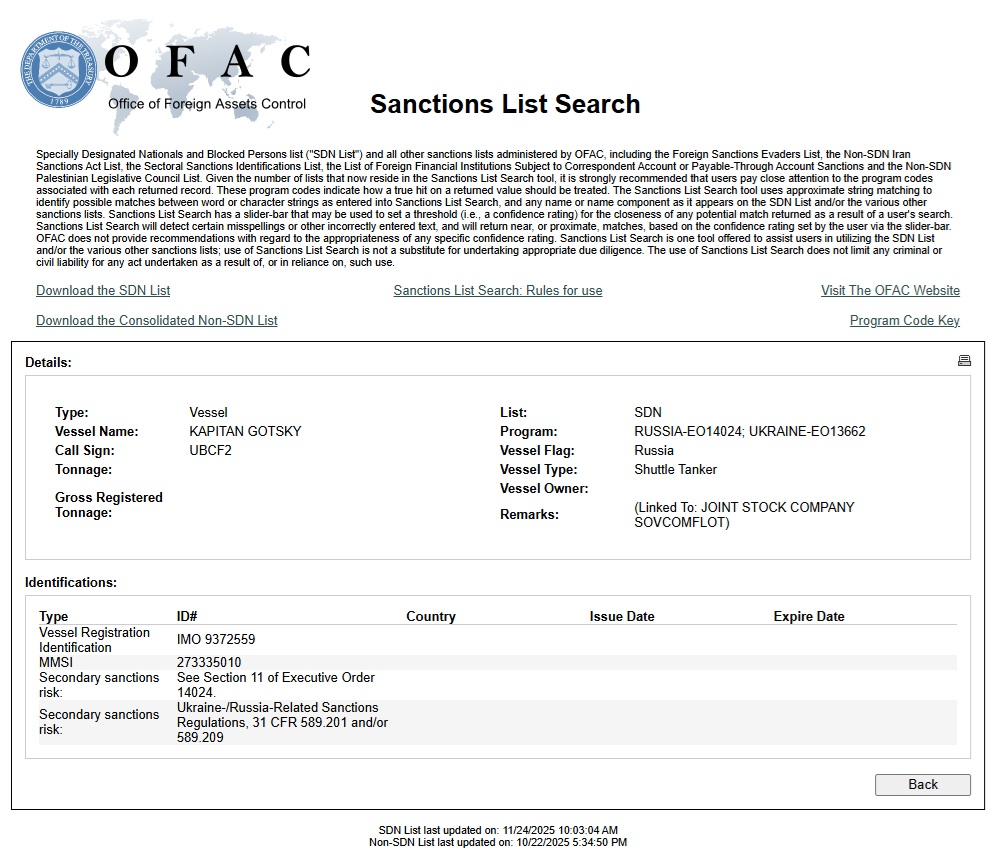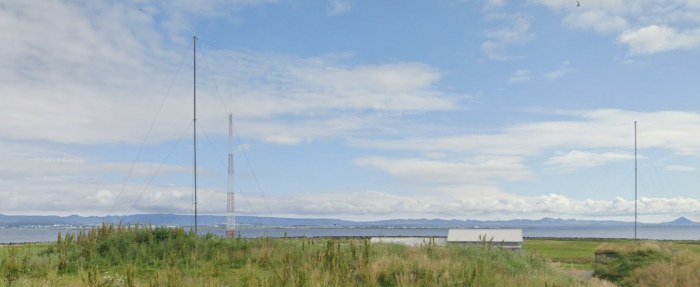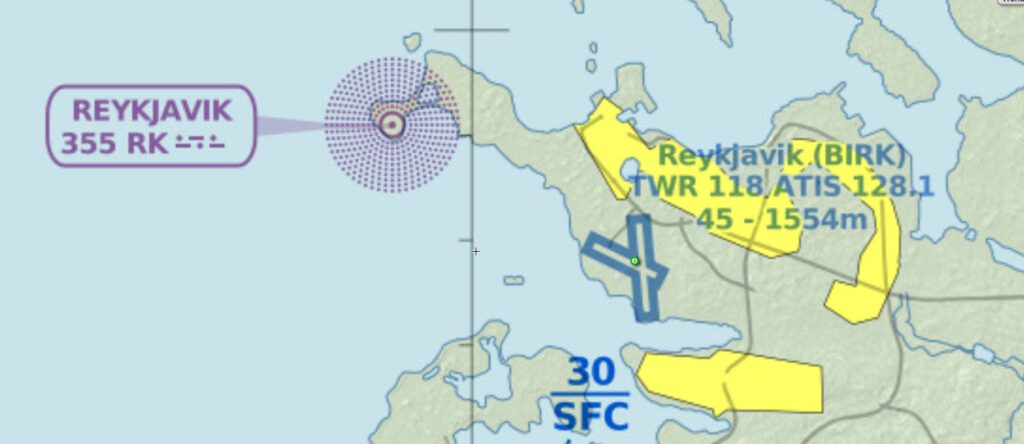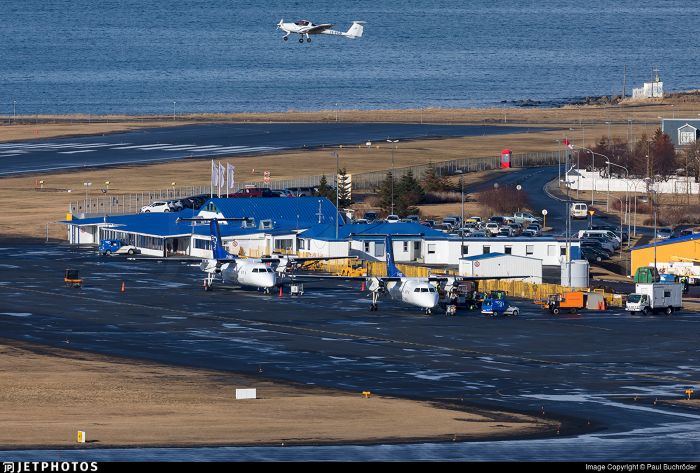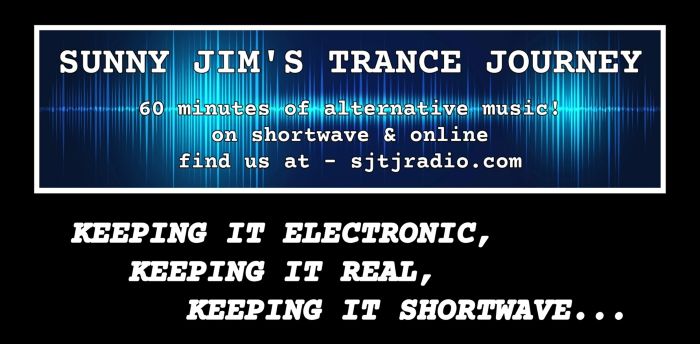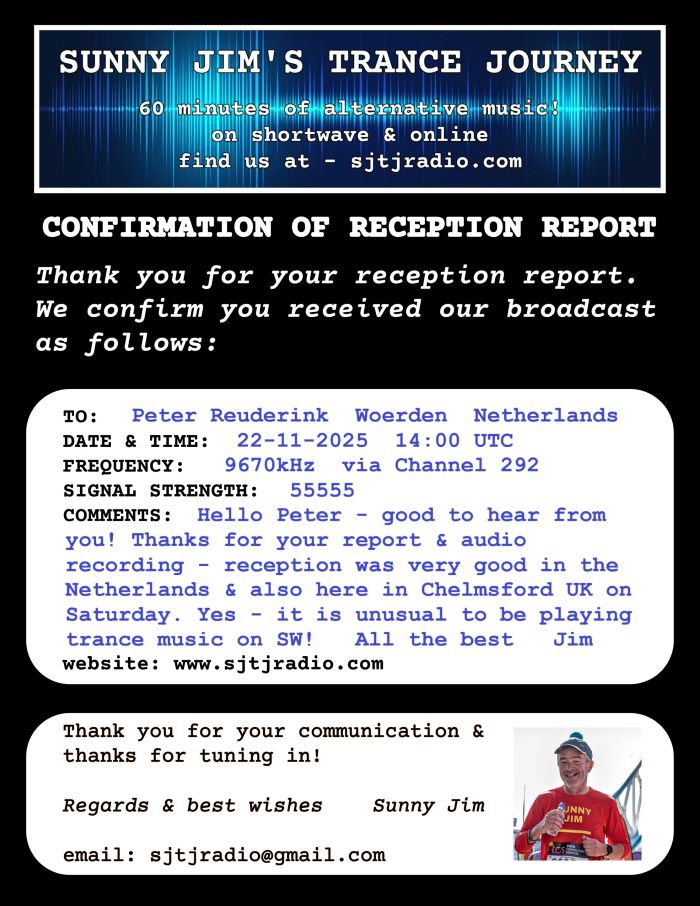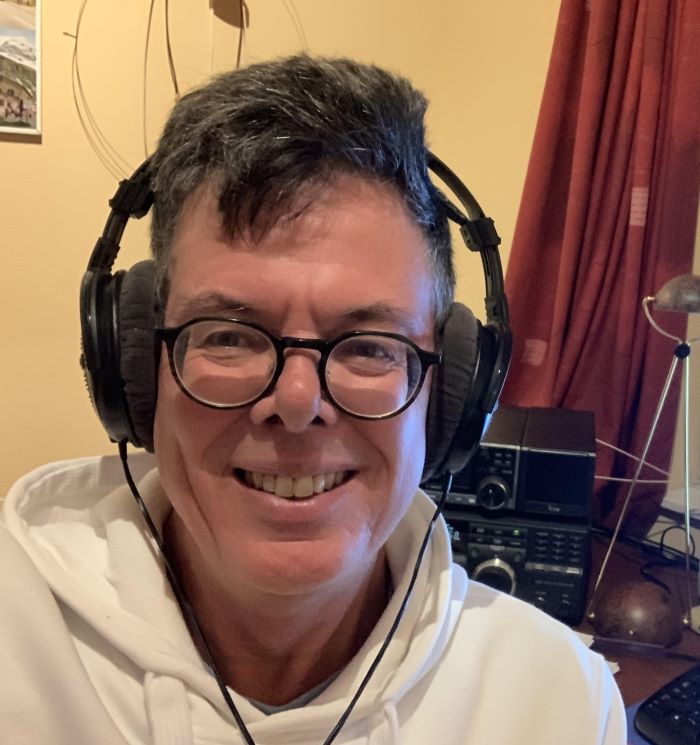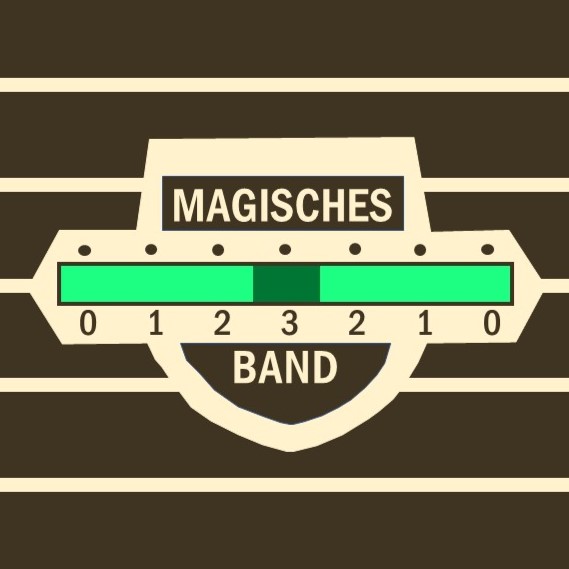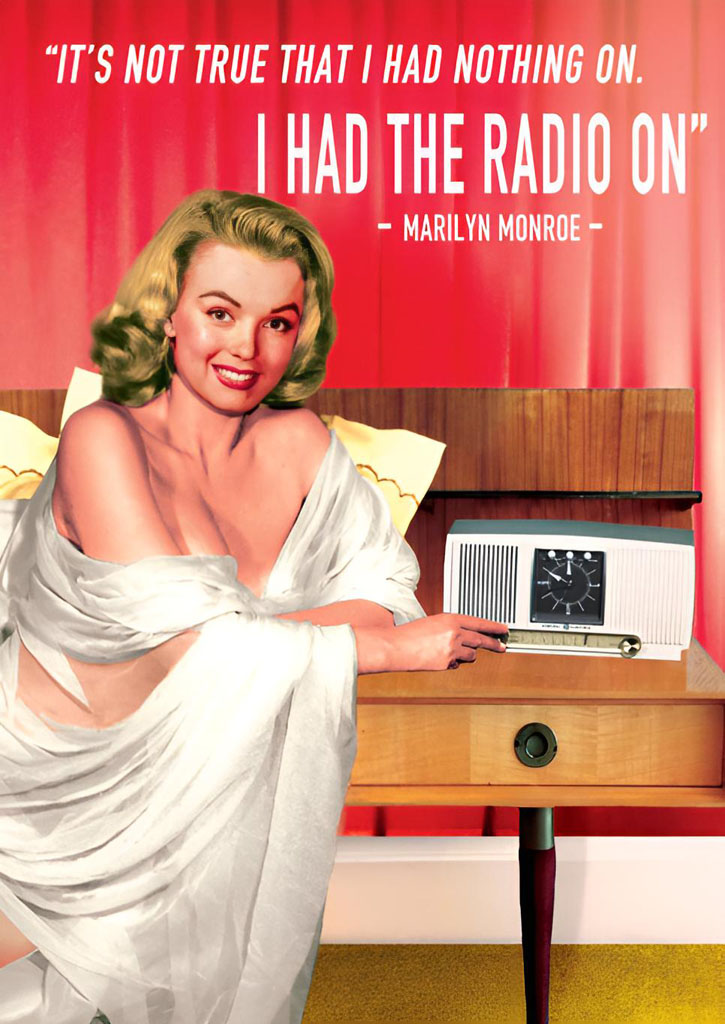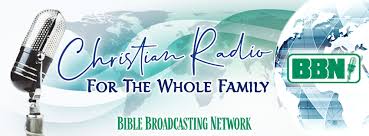
While staying for holiday on Curacao I had the opportunity to receive the BBN Radio stations from Colombia (BBN Bogotá 1100 AM) and Venezuela (BBN Caracas 1260 AM). And both of them sent me a QSL. But I never heard BBN Radio stations on my home QTH… until this month:
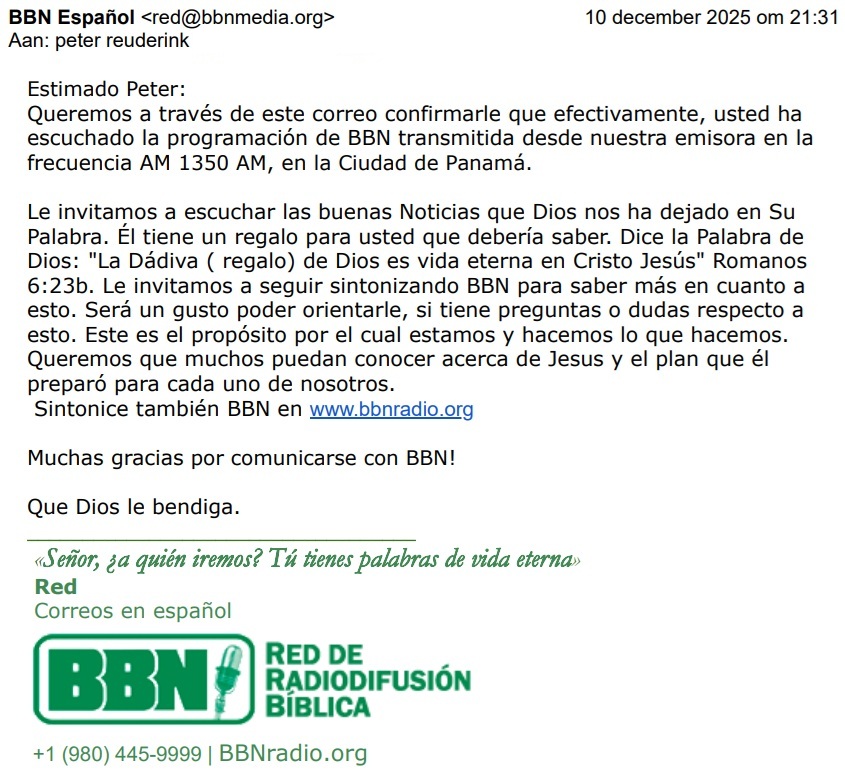
During a good opening to Panama (I heard Radio Adventista 1560 AM as well) I picked up BBN Radio from Rio Abajo/Via Cincentenario. That’s how it is listed in MWLIST, but in fact it is a suburb of Panama City. The building and antennas are clearly visibile on GoogleMaps (we live in beautiful times to be able to just do this on the internet):
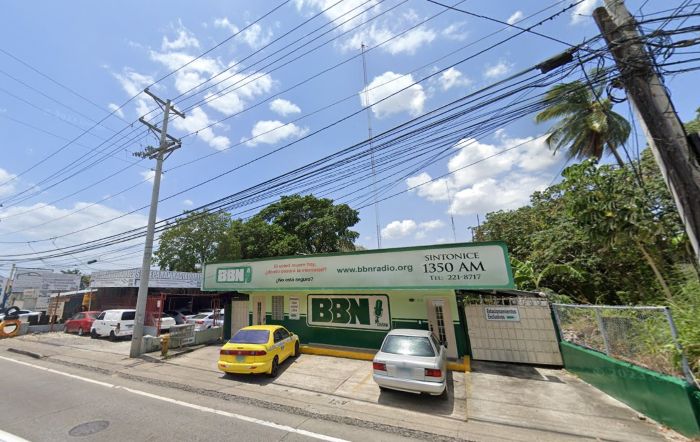
BBN is not as well known in the DX community as for example TWR and AWR. That is most likely because they do not operate on Shortwave. The organisation runs quite a few FM stations in the United States, in addition to 4 low power AM stations. But they are also active in 14 countries in South America, with medium wave presence in Chile, Colombia, Panama and Venezuela. Rather than excited preaching heard so often on other stations the BBN programs that I listened to were always about explaining the Bible in a more modest fashion.
My QSL is the first Mediumwave QSL from Panama. Not the first QSL from Panama, as I received QSLs for HPP Panama Radio from Balboa (Maritime) in 1989 and Panama Aeradio in 1990. That said, I’d never though I would be able to receive such a station on my suburb QTH. The trick:
1) A large loop antenna in the garden (I have an NTI Megaloop FX on a 6x6x6mtr delta shaped loop on a flag pole)
2) Record every night the entire MW band with your SDR
3) Use WavViewDX to analyze each recording: it reveals the few minutes a signal is strong enough to make an attempt to decode it
4) Become a member of MWLIST.org. Sometimes it helps when friends tell you which IDs you should try to recognize…
